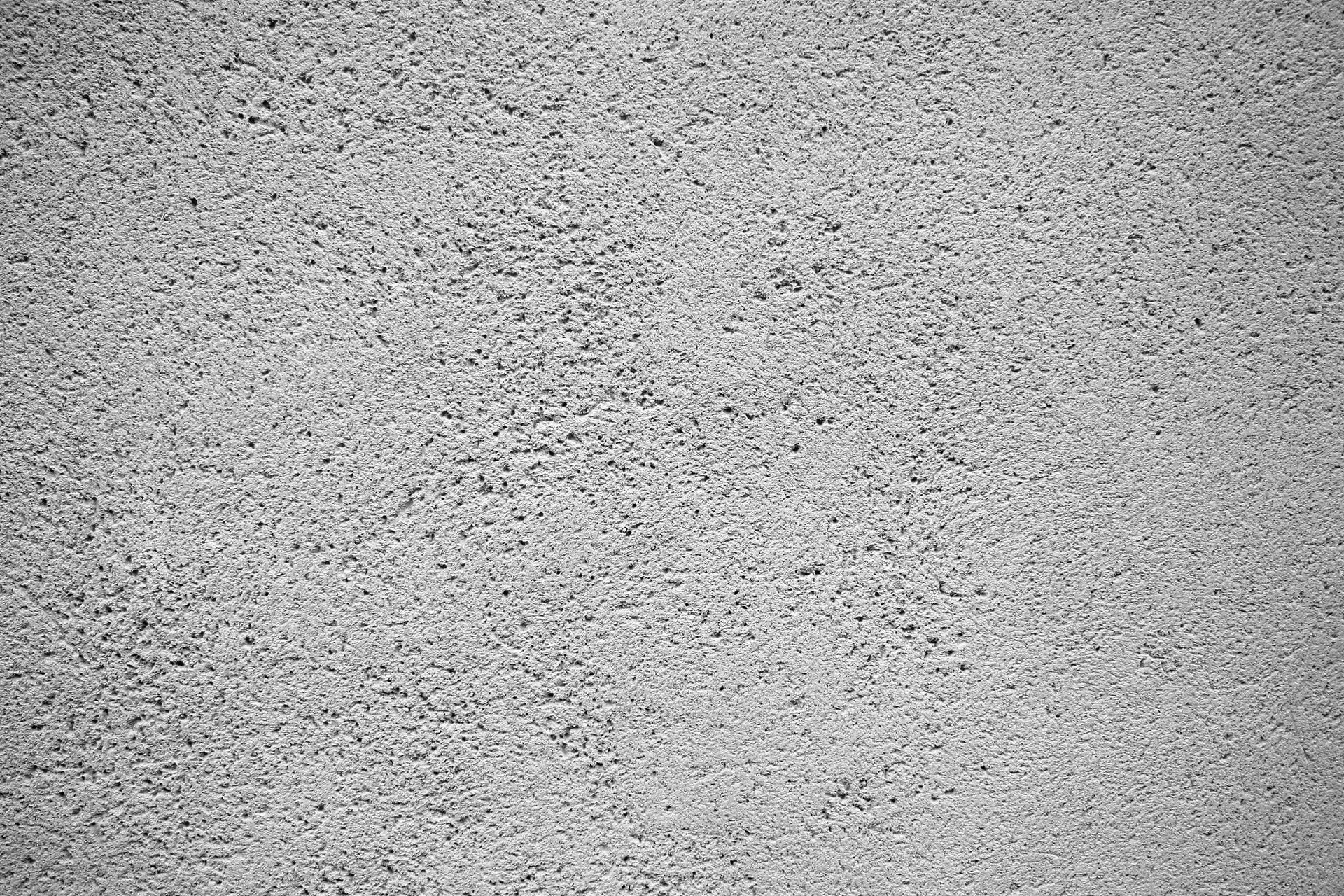

PLASTERING
We have a small team of time served, qualified skilled tradesmen with a wealth of experience behind them. With a combination of old and new methods we can offer the best of both, whether it be large project, silicone coloured render system, heritage work to small intricate bespoke projects, They all receive the same care and attention to detail.
INTERNAL PLASTERING


When working within someone’s home, we pride ourselves on cleanliness and quality of work. We can transform the most dated looking rooms into modern contemporary spaces and have completed many bespoke projects that are very “outside the box” and unique. We pride ourselves on doing the impossible, from a room with no corners to curved ledges and keyhole openings anything really is possible!
ARTEX COVERING


Artex can date a property significantly and be tricky to cover depending on patterns. Many plasterers will avoid artex and suggest overboarding the areas, however given the structure is sound, we can give anything a smooth finish, the key is in the preparation. Quality is always paramount.
DISTEMPER


Distemper is an old form of paint (chalk based) and is generally found in older properties when several layers of wallpaper or woodchip are removed. It does not bond well directly to new plaster and should either be removed or sealed. Our preference is to either remove or overboard the coated areas to ensure an adequate bond is achieved.
TRADITIONAL SAND/CEMENT RENDER


Sand and cement can be used in many areas of plastering, internally, it can be used on brickwork, block work and stone work as a basecoat to straighten walls before they receive the final finish.
With a waterproofed additive mixed to a sand and cement mortar this can be used externally to waterproof a building’s fabric when applied as a basecoat in preparation to receive various finishes including, smooth, pebbledash, roughcast, stipple to name a few. And when used for heritage works, graded and measured mixes are used to ensure a stable and consistent colour.
SILICONE RENDER


Thin-coat silicone flexible renders are particularly suited to large projects where maintenance is or could be an issue, thin-coat silicone renders are suited very well to refurbishment projects where substrate cracking has been an issue in the past, coupled with a flexible base coat and full fiberglass mesh layering, silicone renders out perform any other system and are virtually “crack proof” they also have “self-cleaning” abilities, meaning maintenance is at a minimum and consistent colour will stay looking contemporary and clean for years to come. They are available in a wide variety of colours and are a very popular finish amongst large and small projects.
FLOOR SCREEDING


Standard sand/cement screeds are a layer of material laid in situ and consist of bonded, unbonded, floating and heated construction. The screeding system is used for obtaining a defined level to receive final floor coverings such as ceramics, stone, carpet, linoleum, wood flooring, etc.
Traditional screeds can be used in hospitals, airports, schools, sports facilities, retail, residential dwellings and more. Traditional screeding can be produced either at a ready mix plant from various suppliers or on site using a forced action mixer.